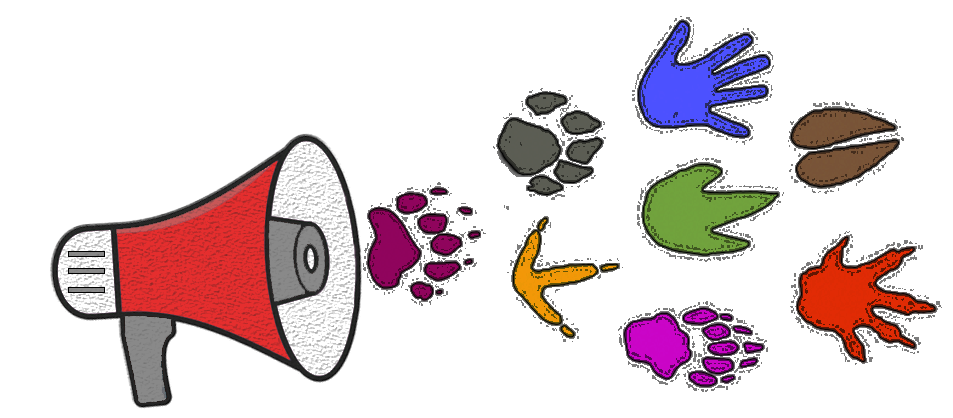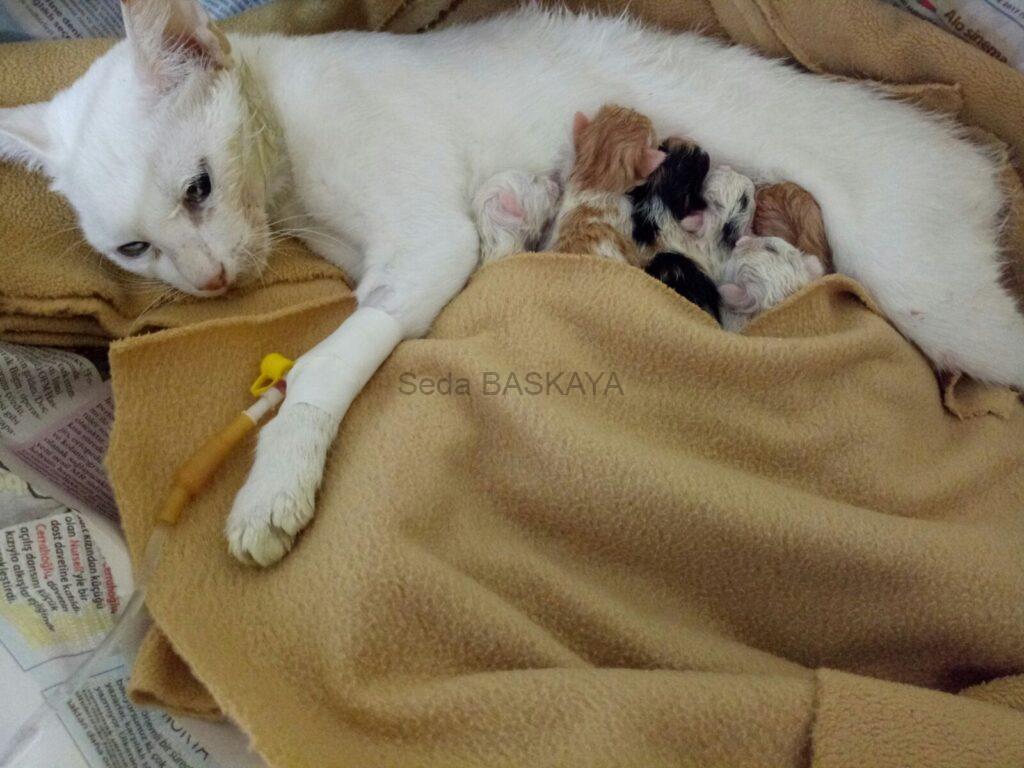Emergency caesarean section makes you happy in the end.
Of course not always, but the caesarean operations continue with screaming baby sounds for the other half of the operation. Birth must be followed for every cat and dog that will give birth for the first time. Dystocia is the failure of completion of labor without exogenous intervention. The incidence of dystocia is highly variable among animal species and races. In domestic dogs and big and brachiocephalic races, this incidence is particularly high. Early stimulation of labor causes uterine inertia and fetal developmental disorders whereas delayed labor results in overgrowth of fetus thus increasing the rate of dystocia. Several factors both related to
the mother and the fetus are responsible of dystocia and this can be managed by manuel intervention as well as some medical and surgical methods.
Factors Attached to the Offspring
The large size of the offspring and the differences between the breeds are the most important causes of birth. Since Brachiocephalic breeds (Bulldog, Boston Terrier, Scottish Terrier, etc.) have small and narrow pelvis, difficult birth formation is inevitable. Miniature breeds, on the other hand, cause birth not to start or stop due to their aggressive character. In addition, the presentation and position of the offspring leads to difficult births. In dogs and cats, although the head often protrudes from the vulva, the front legs are bent under the abdomen and squeezed in the pelvic canal along with the thorax. Similarly, in the posterior presentation, the expanding thorax may obstruct the pelvic canal although the posterior parts are protruding, abnormal development of the pup in the uterus or fetal death
is among the reasons for birth. Although rare, fetal afflictions are encountered.
Factors Attached to the Mother
Uterine laziness is the condition of insufficient or absent uterine contractions. Despite the loosening of the cervix uteri, the offspring cannot move towards the soft birth canal due to this insufficiency and signs of pain do not appear. If there is no offspring due to primary uterine laziness, this situation is called complete uterine laziness, if no more offspring can come out after a few offspring, this situation is called incomplete uterine laziness. In cases with the baby’s absolute size and hydrops of the juvenile membranes, myometrial contractions are prevented due to the overstretching of the uterus and primary uterine laziness is formed.
In cases of difficult birth, the most common method used to aid birth in both dogs and cats is the operation cesarean. The operation can be performed as laparohysteretomy depending on whether the cesarean fetuses are alive, infection or necrosis of the uterus.
Medical applications are usually a method used to induce labor in dogs with primary uterine indolence or aggressive nature. Oxytocin at a dose of 2 IU / kg, i.m. send, 3040 min. After waiting, a second dose can be administered. In this case, if the birth does not start, 10% calcium gluconate
210 ml. i.v. it should be given slowly. If the delivery still does not begin after half an hour of waiting, oxytocin in 50%, 10 ml dextrose solution, i.v. send it slowly
must be applied. If these applications are inconclusive, cesarean operation is recommended.

